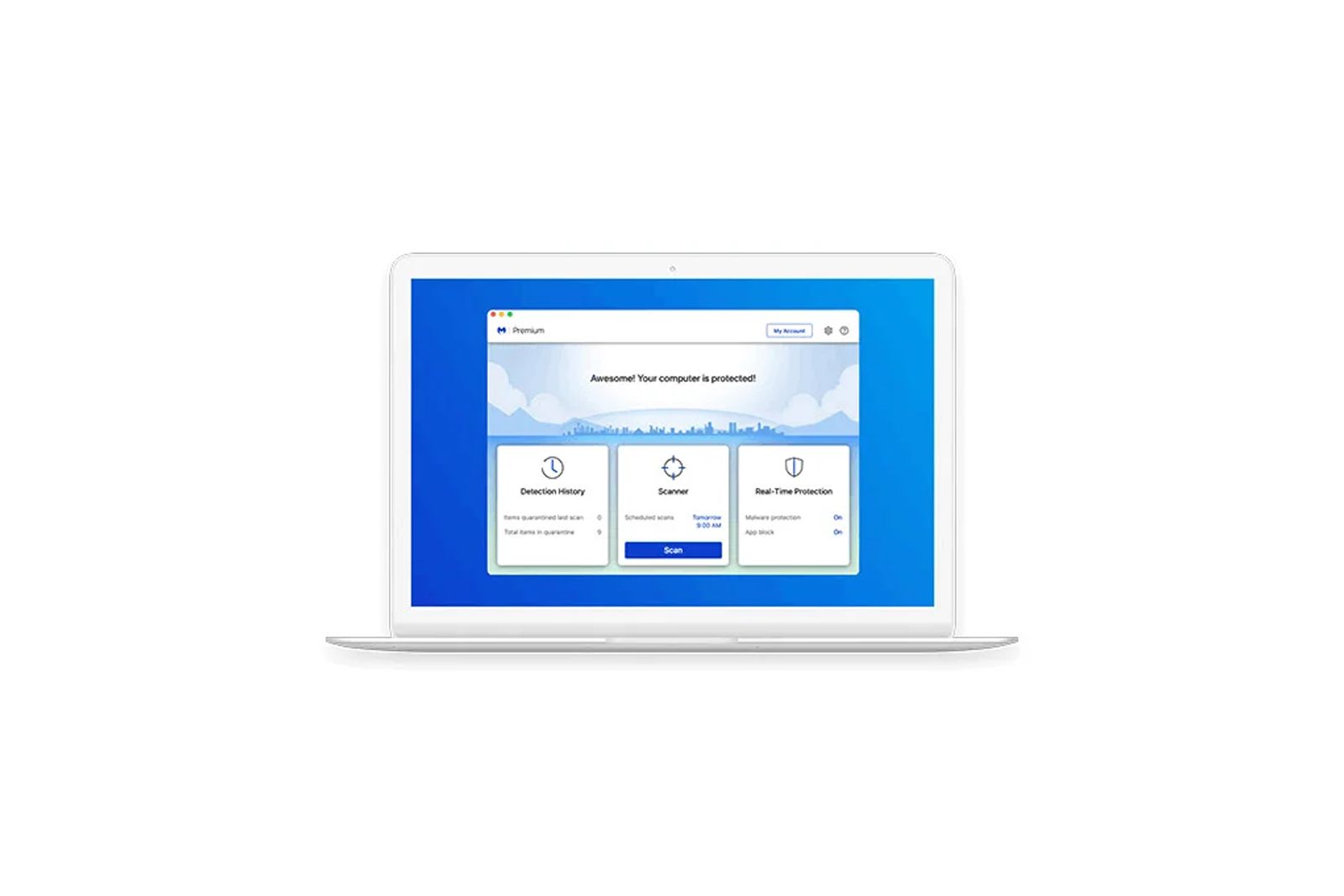Malware is currently one of the biggest threats to users of computers, phones, tablets, and other electronic devices. Short for malicious software, malware may include ransomware, spyware, viruses, and other unwanted files and software that are secretly installed on your computer. You may end up with malware because of suspicious files downloaded from online sources or various applications.
Malware can harvest sensitive information from your computers, such as passwords, bank details, usage information, and more, and send them to the malware server. In some cases, criminals can block access to some of your files and demand payment to unscramble your files. We highlight the signs of malware and help you detect/ remove malware from your computer.
Grab 25% off Malwarebytes now
You can get 25% off a Malwarebytes subscription using this link - check it out for all your antivirus needs.
How do you get malware on your computer?
Malware is secretly planted into your computer by criminals intending to steal your personal information, such as bank details, passwords, social security number, and more. They can then use your information to blackmail you, sell your information to others, commit identity theft, steal your funds, and much more. Most people receive malware when they open or download suspicious attachments and files from scummy sites and emails.
The following are some of the most common means of malware infections:
- Downloading movies, shows, music, and games from illegal websites.
- Downloading content from P2P or file-sharing websites.
- Using suspicious removable storage devices, like external hard drives.
- Clicking links on emails sent by phishing scammers.
- Clicking on ads placed by spammers on certain websites.
- Clicking links on pop-ups on certain websites.
What are the signs of malware on your computer?
- Your device starts behaving in an unusual manner.
- Your device slows down, starts crashing, or displays error messages.
- Your device won’t shut down or restart.
- Your device won’t allow you to delete certain files and software.
- Your device is inundated with sudden pop-ups and inappropriate ads.
- Your device shows inappropriate ads on otherwise reliable websites, like government sites.
- Your browser or desktop displays new and strange toolbars or icons.
- Your browser defaults to a different homepage or search engine than usual.
- Your browser’s homepage keeps changing.
- Your system sends emails you haven’t written to various people.
- Your system crashes or runs out of battery faster than usual.
Most people assume their device is getting old when they notice the aforementioned problems. Some changes, such as the loss of speed or battery power, can be attributed to an ageing computer or device. But if you notice several of these problems, especially if they occur suddenly, you may have hidden malware. If you suspect your computer has malware, you must download an anti-malware tool to detect and remove them from your system.
How to detect malware on your computer?
If your system is displaying the aforementioned signs of malware infection, you must act quickly. The longer you wait, the higher the risk of data breaches, loss of data, and other problems. You must download and install a reliable anti-malware tool, such as Malwarebytes, to scan, identify, and remove all the malware from your system. Malwarebytes is one of the most effective malware detection tools available because it can scan your entire computer within 30 seconds.
When you access Malwarebytes, you can start scanning your computer for malware, adware, spyware, and other threats. You can also run the malware scanner in the background while you continue your normal activities, though you should avoid using the internet. Once the scan is done, you receive a comprehensive report that highlights all the malware and suspicious files/ applications on your computer. You can either delete the threats manually or have Malwarebytes delete them automatically, keeping your computer safe.
How to protect your computer from malware?
Most malware attacks happen via scam websites and phishing attacks via email. Scammers and cybercriminals trick people into clicking on links via websites or emails that download spyware, ransomware, viruses, and malware into the computer. To minimize the risk of malware infections, you must learn to identify shady or suspicious sites, emails, and links. You should only visit completely authentic and reliable websites and avoid accessing emails from suspicious sources.
The following are some tips to protect your computer from malware:
- Don’t install software from developers that you don’t trust completely.
- Download reliable software directly from the source.
- If your browser warns you against a particular website, it’s best to heed that warning.
- Don’t click on links received in emails — enter the website URL directly in your browser.
- Don’t click on ads and pop-ups on your browser or computer.
- Thoroughly scan external drives before using them on your computer.
The aforementioned tips can certainly minimize the risk of malware, but you may still receive malware. As internet users become more informed, cybercriminals also learn increasingly sophisticated means of smuggling malware into your computer. The best way to protect your computer from malware is using reliable anti-malware software, like Malwarebytes. This software uses real-time protection features to scan all new files and documents and prevent you from importing malware into your computer, ensuring your system remains safe and secure.
If you believe your computer has malware, we highly recommend downloading and installing a reliable anti-malware program to detect/ remove the suspicious files immediately.


